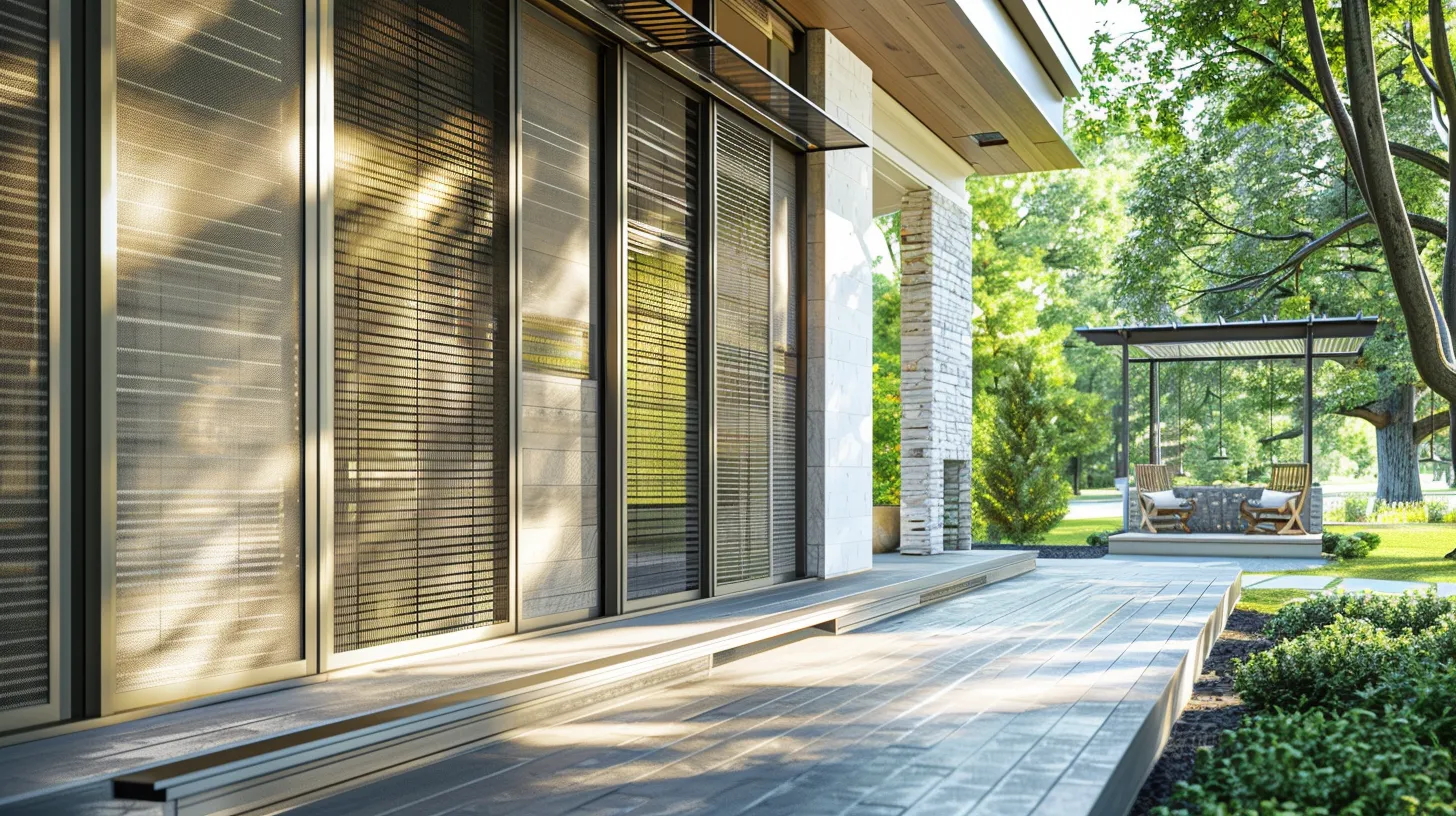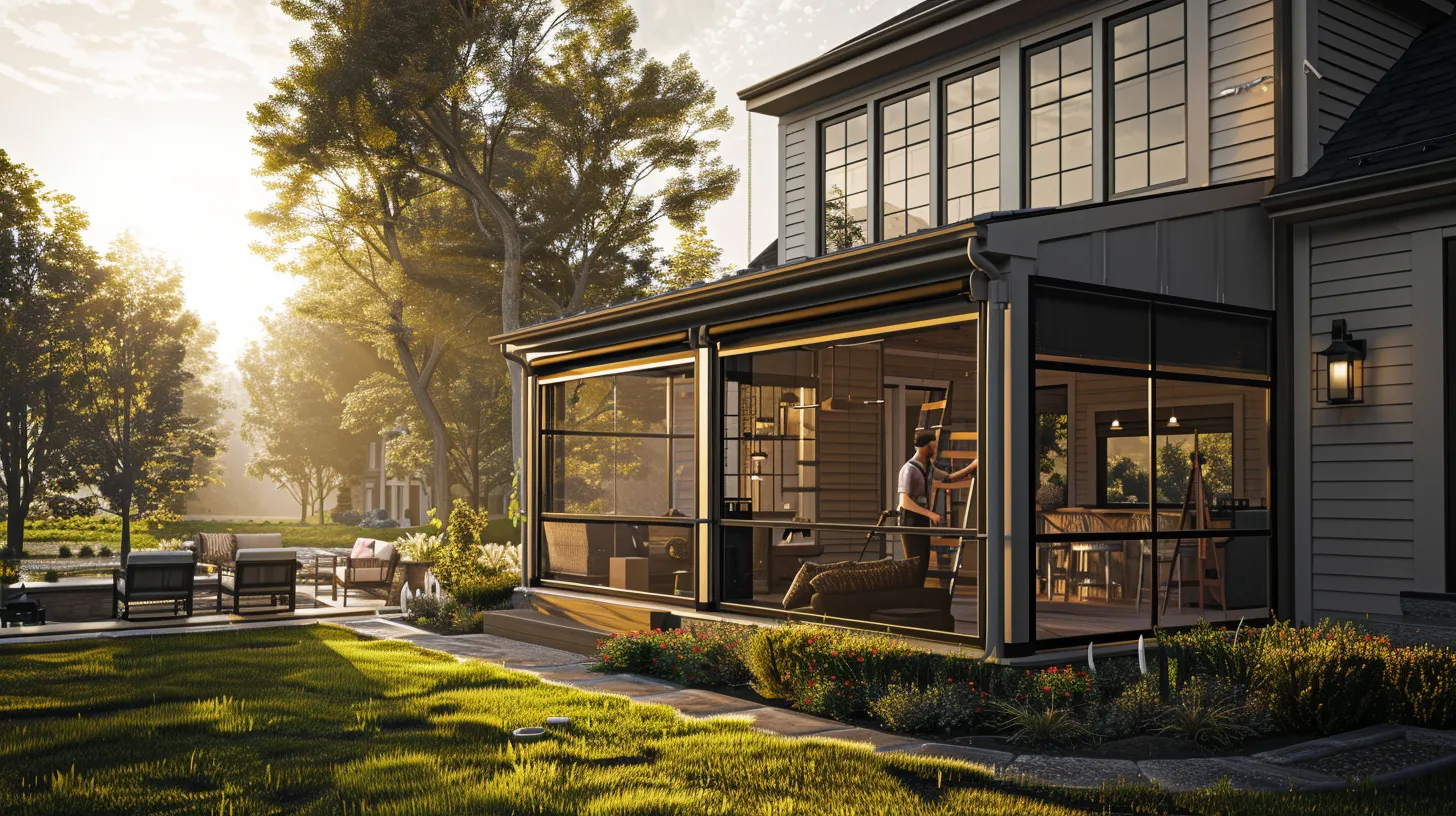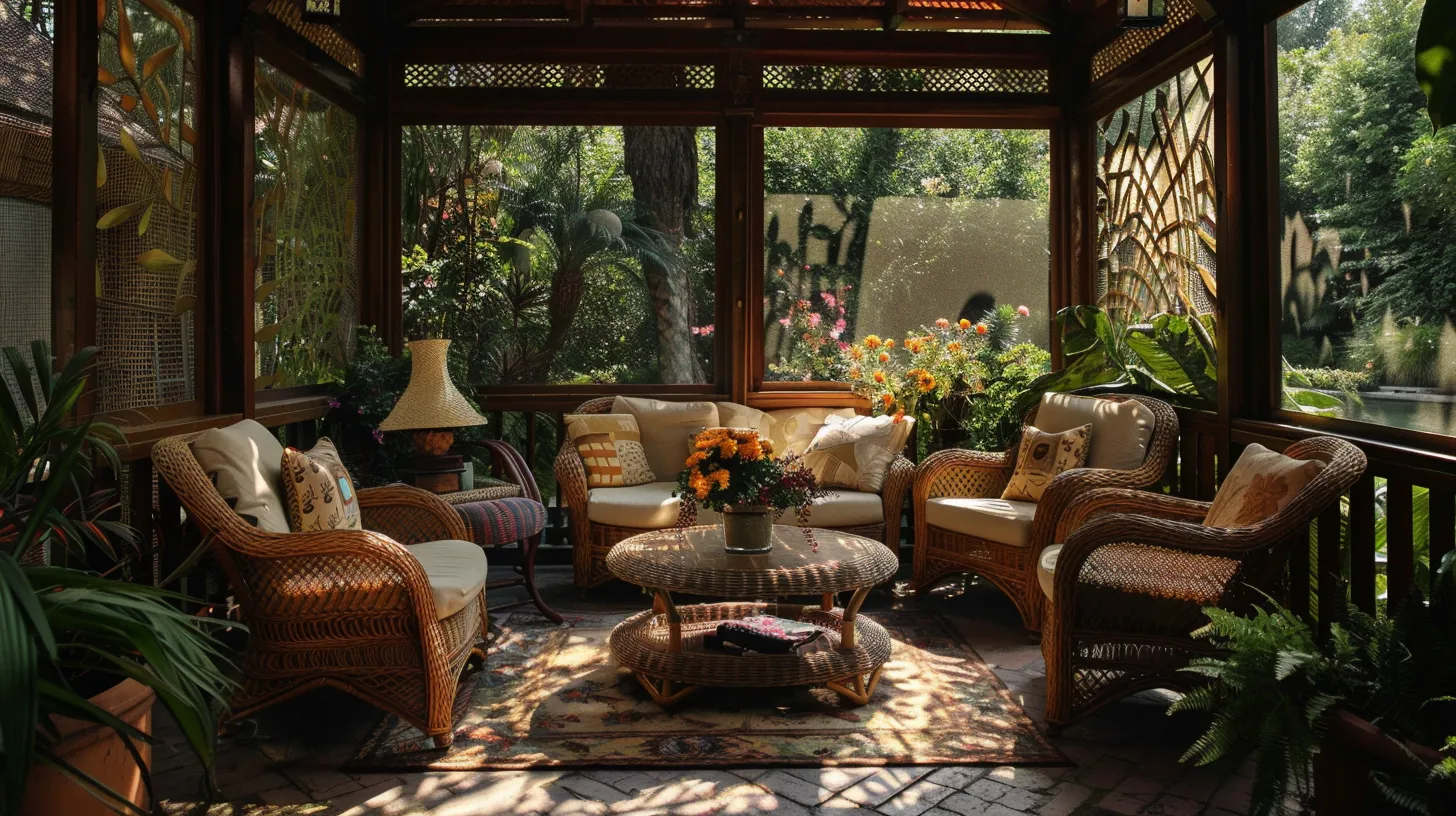Porch screens have evolved substantially since their introduction in the late 1800s , moving from basic wood and fabric to include robust materials like aluminum and fiberglass , tailored for strength, durability, and weather resistance. Modern designs integrate seamlessly with home architecture, offering a variety of colors, patterns, and textures that enhance both the aesthetics and functionality of spaces. Installation techniques have also advanced, with options like motorized retractable screens and sleek sliding panels that adapt to environmental changes, improving both comfort and energy efficiency . These advancements have transformed porch screens into key elements of home design, creating a pleasant bridge between the indoors and out, inviting further exploration into their potential contributions to home living.
Historical Overview of Porch Screens

Porch screens, first introduced in the late 1800s , revolutionized outdoor living spaces by offering protection from insects while allowing for air circulation. Initially, these screens were simple constructions, using wood frames that were easy to manufacture and install. The choice of screening material was primarily wire mesh or finely woven fabric, which served the dual purpose of ventilation and barrier against pests. This basic design concept laid the groundwork for the screened porch, a staple in residential architecture especially in areas plagued by mosquitoes and other insects.
As technology and materials evolved, so did the design and functionality of porch screens . By the 1930s, aluminum became a favored material for frames due to its durability and resistance to the elements, greatly outperforming wood in longevity and maintenance requirements. Meanwhile, the mid-20th century saw the introduction of fiberglass screens , which offered enhanced properties such as increased flexibility and resistance to tearing. These materials not only improved the practical aspects of porch screens but also expanded the possibilities for larger and more varied screened porch designs, accommodating broader architectural styles and increasing the overall aesthetic appeal of homes.
Modern Materials and Durability

In recent years, the development of materials such as aluminum and fiberglass has greatly enhanced the durability and maintenance ease of modern porch screens. These materials are designed to meet the demands of outdoor environments, ensuring that screen porches remain a viable option for extending living spaces without frequent maintenance concerns. Aluminum, known for its strength and light weight , simplifies the installation process and offers exceptional durability against elements like wind and rain. Its resistance to rust and corrosion contributes to its longevity, making it an ideal choice for screen porches.
Fiberglass, on the other hand, provides flexibility and cost-efficiency , along with a variety of color options to seamlessly integrate with existing home aesthetics. It stands out for its resistance to fading and its ability to hold up against the constant exposure to sunlight and weather , ensuring that the screen porch retains its visual appeal over time. Moreover, advancements in screen materials have introduced options that offer enhanced UV protection and insect resistance , elevating the comfort and functionality of outdoor living spaces. These innovations underscore the evolution of porch screens from simple barriers to sophisticated components of home design that prioritize durability and aesthetic coherence .
Design Options for Every Home

Screen porch designs offer a wide array of options, ranging from traditional mesh to more robust vinyl-coated polyester and aluminum wire screens , catering to various aesthetic preferences and functional requirements. These versatile materials not only enhance the look of a home but also contribute greatly to the comfort and usability of the living space. By choosing the right type of screen, homeowners can transform their porch into a focal point of outdoor living.
Customizable options in screen porches are extensive. Homeowners can select from a variety of colors, patterns, and textures that blend seamlessly with the existing architecture and design elements of their homes. This level of personalization ensures that the new porch screen is not just a functional addition but also an aesthetic enhancement that they can enjoy for years.
Moreover, the advanced materials used in these screens provide additional benefits such as UV protection and resistance to weather conditions , which are essential for maintaining the longevity and appearance of the screen. The ability to withstand environmental factors not only preserves the look of the porch but also ensures a durable setup that extends the life of the living space, making it a wise investment for any home.
Innovative Installation Techniques

Embracing modernity, innovative installation techniques for porch screens are transforming both aesthetics and functionality of outdoor living spaces . Among these modernizations, motorized retractable screens stand out for their ability to merge convenience with versatility. These screens can be effortlessly retracted or extended at the touch of a button, making them ideal for homeowners seeking both protection from elements and an unobstructed view when desired.
Further enhancing the user experience, the integration of automated sensors represents a significant leap in porch screen functionality. These sensors detect environmental changes , such as shifts in weather, automatically adjusting the screens to best positions. This automation not only offers ease of use but also helps in maintaining the longevity of the screens by protecting them from adverse weather conditions .
Additionally, the adoption of sliding panels in porch screen installations offers a seamless switch between enclosed and open spaces. Utilizing sleek track systems , these panels glide smoothly, allowing for quick and easy access to the outdoors while maintaining a clean look. This method provides a practical solution that does not compromise on the visual continuity of the space.
Enhancing Comfort and Aesthetics
Porch screens, particularly those crafted from durable materials like fiberglass , greatly enhance both comfort and aesthetics in outdoor living areas. These screens not only withstand the elements, preserving their appearance over time, but also contribute to a more comfortable, functional, and visually appealing outdoor oasis . The integration of hidden fasteners and sleek concealed tracks guarantees that the screens have a minimalistic and refined appearance, eliminating unsightly hardware and maintaining a clean aesthetic that complements any architectural style.
Further enhancing the usability of these spaces, retractable porch screens offer the flexibility to easily adjust the level of exposure to natural elements. This adaptability allows homeowners to seamlessly shift between fully open and enclosed spaces, depending on the weather or occasion. Additionally, the incorporation of solar screens in porch designs is becoming increasingly popular due to their ability to block harmful UV rays , reduce glare, and improve energy efficiency . These screens provide substantial comfort by maintaining cooler temperatures on the porch during hot days and reducing the sun's glare, all while protecting the interior from fading and UV damage. The thoughtful inclusion of decorative trims and custom finishes can further personalize the space, elevating the overall aesthetic and making each porch uniquely inviting.










